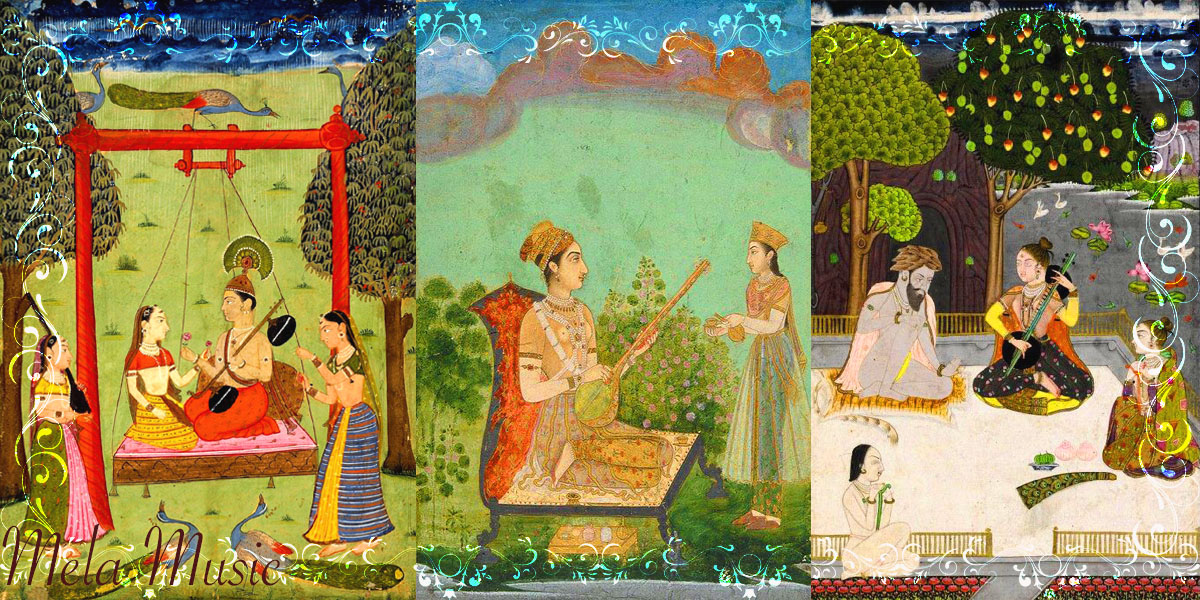
Raga Dev Gandhari immerses the listener in a twilight realm of profound introspection and spiritual yearning, its melodies steeped in the quiet ache of unfulfilled longing. Often performed in the pre-dawn hours (3 AM–6 AM), this raga evokes the stillness of night’s final moments—a time when darkness clings to the earth, and the soul confronts its deepest vulnerabilities. Built on a haunting scale that includes komal Re (flat second), komal Dha (flat sixth), and komal Ni (flat seventh), its phrases seem to emerge from shadows, carrying the weight of whispered prayers and solitary reflection. Ascending movements like S-r-G-m-P and descending cascades such as n-d-P-m-G-r-S create a sense of unresolved tension, as if the music itself is a quest for answers in the void. The raga’s core resonates with Karuna rasa (pathos) and Bhakti rasa (devotion), mirroring the devotee’s tearful plea for divine connection or the lover’s eternal wait for union.
Yet, Dev Gandhari’s sorrow is not without grace. Its use of shuddha Ga (natural third) and shuddha Ma (natural fourth) introduces fleeting warmth, like distant stars piercing a moonless sky. This duality—melancholy intertwined with hope—echoes in its signature phrases, where bends (meend) and delicate oscillations (andolan) mimic the human heart’s tremulous balance between despair and faith. Often rendered in slow, expansive alap or soul-stirring khyal compositions, the raga conjures imagery of mist-shrouded temples, solitary lamps flickering before deities, or the timeless sorrow of Mirabai’s poetry. Unlike the regal gravity of Darbari or the luminous serenity of Yaman, Dev Gandhari dwells in the raw, unadorned space between earthly suffering and transcendental surrender. To experience it is to witness a soul laid bare, its melodies a bridge between the ephemeral and the eternal, where pain and divinity merge into a single, aching hymn.
